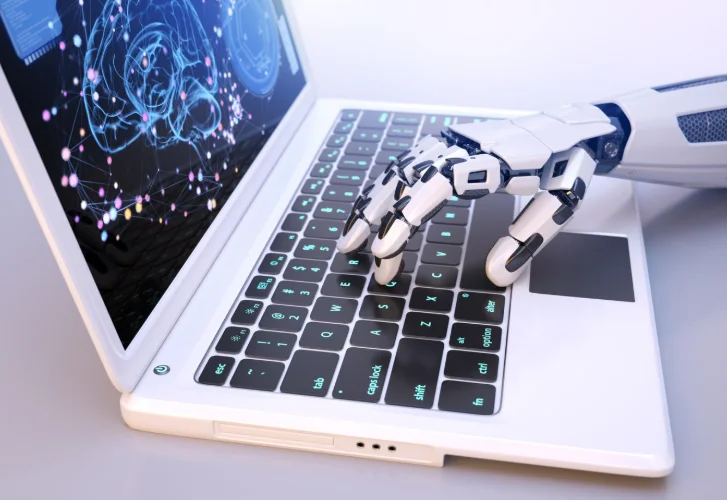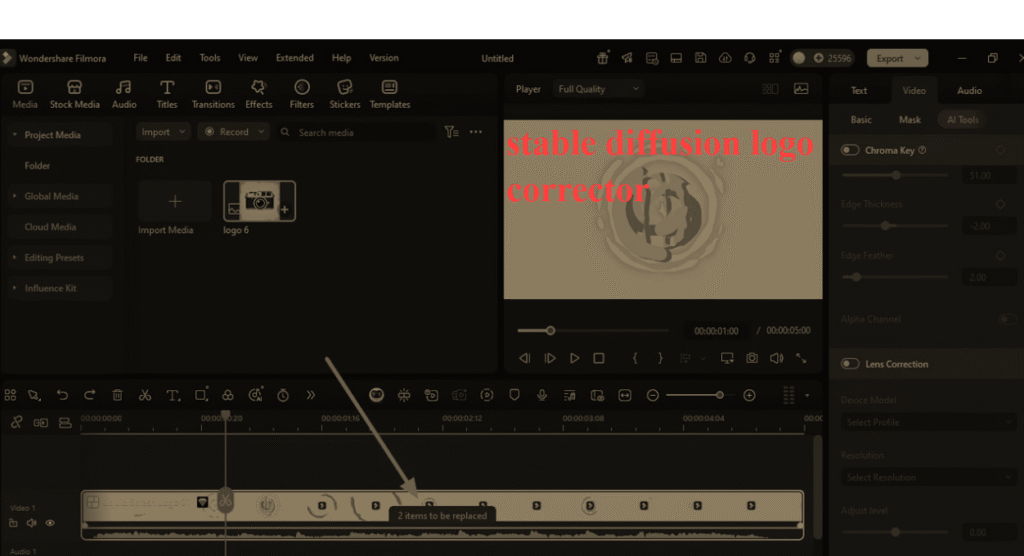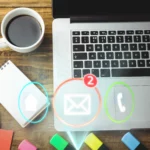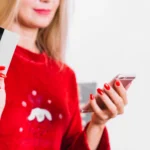Can AI Replace Human Doctors? A Look at the Pros and Cons

If you’ve been following advancements in artificial intelligence (AI), you’ve likely heard the buzz around AI in healthcare. From streamlining medical diagnoses to tailoring personalized treatment plans, the idea of an AI doctor making rounds might sound like something straight out of a sci-fi movie. But here we are, inching closer to that reality.
However, this poses an intriguing question—can AI replace human doctors entirely? The answer isn’t as straightforward as a Google search might suggest. There are both exciting advantages and significant limitations to consider. Whether you’re a healthcare professional, a tech enthusiast, or just someone interested in how technology might reshape our lives, this blog will lay it all out for you.
The Promise of AI in Healthcare
Artificial intelligence has already made waves in the medical world. With its ability to process vast amounts of data at lightning speeds, AI is revolutionizing how diseases are diagnosed, treated, and even prevented. Here are some of the key areas where AI doctors show exceptional promise:
1. Faster and More Accurate Diagnoses
AI algorithms trained on thousands of medical images and patient records can identify patterns that might elude even the most experienced physicians. For example:
- AI systems like Google’s DeepMind have shown remarkable accuracy in detecting eye diseases and cancers, often outperforming human radiologists.
- Chatbots powered by AI assist in triaging patients, providing initial assessments based on symptoms.
This level of precision and efficiency gives patients a better chance at detecting issues early, which can save lives.
2. Personalized Treatment Plans
AI thrives on data, and there’s no shortage of it in healthcare. By analyzing a patient’s medical history, genetic makeup, and lifestyle factors, an AI doctor can recommend highly personalized treatment options. Unlike “one-size-fits-all” approaches, these therapies promise better effectiveness with fewer side effects.
3. Reducing the Burden on Healthcare Systems
Doctors and healthcare professionals are often overstretched, especially in underserved areas or during crises like the COVID-19 pandemic. AI can help alleviate some of this burden by taking over routine tasks:
- Reviewing scans
- Transcribing medical notes
- Monitoring patients remotely
This frees up doctors to focus on what truly matters—direct patient care.
4. Cost-Effective Solutions
Running tests, analyzing data, and consulting with specialists can quickly add up. AI tools can simplify these processes, saving money for both patients and healthcare institutions. For example, using AI to detect skin conditions early could reduce the need for costly late-stage treatments.
5. Enhancing Global Access to Healthcare
Imagine an affordable, AI-powered diagnostic app in regions with severe doctor shortages. AI has the potential to bring essential healthcare services to remote or underserved communities where human doctors are few and far between.
The Challenges (and Limits) of AI Doctors
While the possibilities seem limitless, there’s a flip side to the coin. AI is not perfect, and it’s certainly not ready to replace human doctors in all aspects of care. Here’s why:
1. The Human Touch is Irreplaceable
Medicine is not just about prescribing medications or running tests. A significant part of being a doctor is connecting with patients on a human level—something AI, with all its algorithms, simply cannot replicate. Imagine telling a machine how you feel, only to receive a stoic response. Patients often depend on empathy, reassurance, and emotional understanding, which are fundamental to the healing process.
2. Ethical and Privacy Concerns
AI relies heavily on data to function effectively. But how much of your medical information are you comfortable sharing with a machine? While there are privacy laws in place, the risk of data breaches in a digital age cannot be ignored. Trust is the backbone of healthcare, and patients may be wary of entrusting sensitive information to an AI doctor.
3. Bias in AI Systems
AI is only as good as the data it’s trained on. If that data is biased or incomplete, the AI-generated predictions could be skewed. For instance, an AI system trained primarily on data from Western populations might not be as effective for patients in other parts of the world. This lack of diversity in training data poses a significant challenge.
4. Complex Diagnoses Require Human Expertise
AI excels in pattern recognition but struggles with the nuances of complex medical cases. For example, an AI might identify a tumor in a scan but lack the context of a patient’s overall health to recommend the best course of treatment. Human doctors bring critical thinking, years of experience, and the ability to adapt to unusual circumstances—qualities AI has yet to master.
5. Accountability Issues
Who gets the blame if an AI system makes a mistake? Was it the developer, the healthcare provider, or the algorithm itself? This question becomes particularly pressing when lives are on the line. Until there’s clarity on accountability, many healthcare providers will hesitate to rely entirely on AI.
A Symbiotic Relationship is the Way Forward
The truth is, rather than pitting AI against human doctors, we should focus on how the two can work together. A doctor-AI collaboration could combine the best of both worlds:
- AI can handle data-heavy tasks like analyzing reports, identifying anomalies, or predicting outbreaks.
- Physicians can focus on areas that require emotional intelligence, nuanced judgment, and real-time decision-making.
This partnership not only enhances healthcare outcomes but also addresses systemic challenges like workload management, access to care, and cost reduction. For example, an AI doctor could assist a rural physician by providing second opinions, leading to more accurate diagnoses even in remote areas.
Should We Trust AI Doctors?
If you’re wondering whether we’ll soon trust machines to replace human doctors altogether, the answer (for now) is no. AI has its strengths, but it is still a tool, not a replacement. Think of AI as the supportive resident who assists the attending physician—helpful, sharp, and efficient, but not yet ready to run the show solo.
Where Do We Go From Here?
AI is undoubtedly reshaping healthcare as we know it. From speeding up diagnoses to personalizing treatments and more, its potential is immense. But at the end of the day, it’s the combination of human expertise and AI innovation that promises a brighter and healthier future for everyone.
Healthcare professionals must stay informed and adapt to these changes, while patients should feel empowered knowing that their doctor may soon have a cutting-edge assistant by their side.
Curious to learn more about how AI is transforming industries? Stay connected with the latest developments in tech and healthcare—we’re just scratching the surface.

Veohentak: A Complete Guide to Its Meaning, Uses, and Future Relevance

www.hura-watch.net Business Archives: A Comprehensive Guide for Digital Insights

Betametacron: A Complete Guide to Its Uses and Importance

Accelerating drug discovery through the DEL-ML-CS approach

AI in Marketing Is No Longer a Buzzword — It’s the Strategy

Top 10 conversational AI solutions for 2025: Complete guide

10 Common Mistakes Students Make With AI Writing Tools

Is Janitor AI Down: Everything You Need to Know








